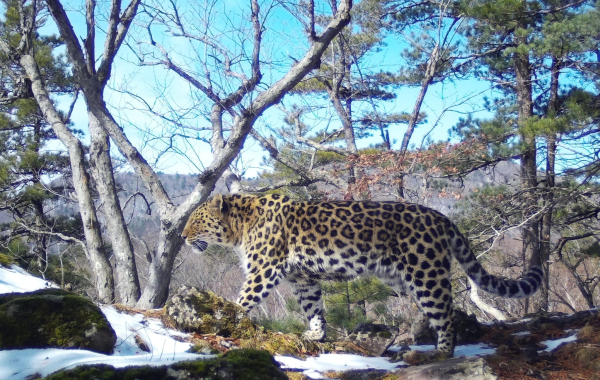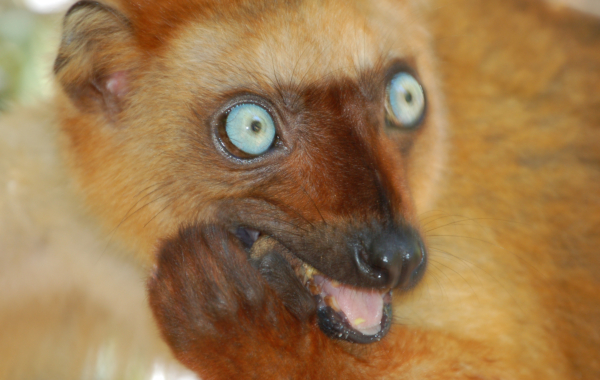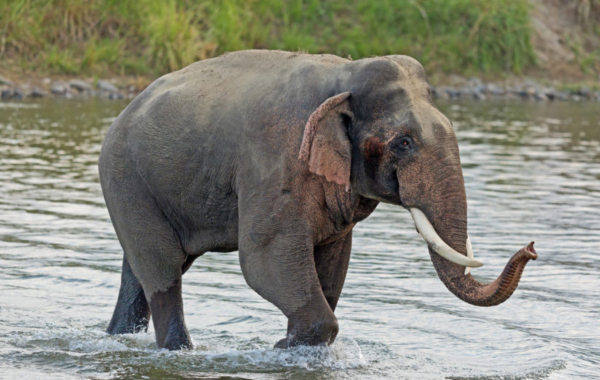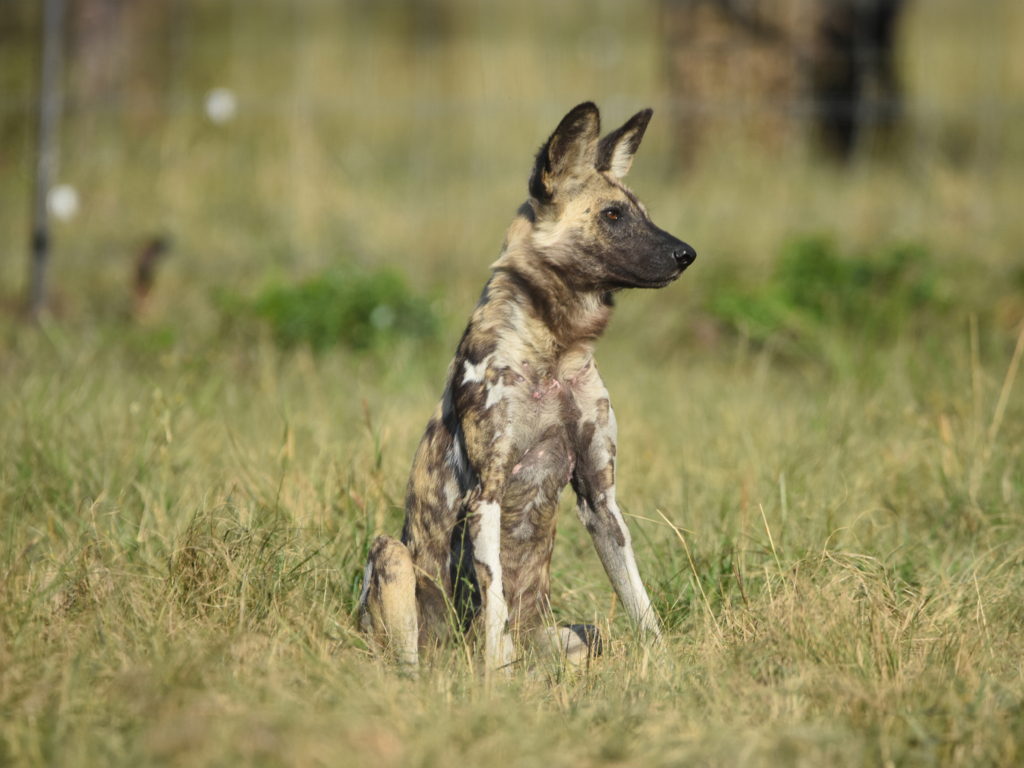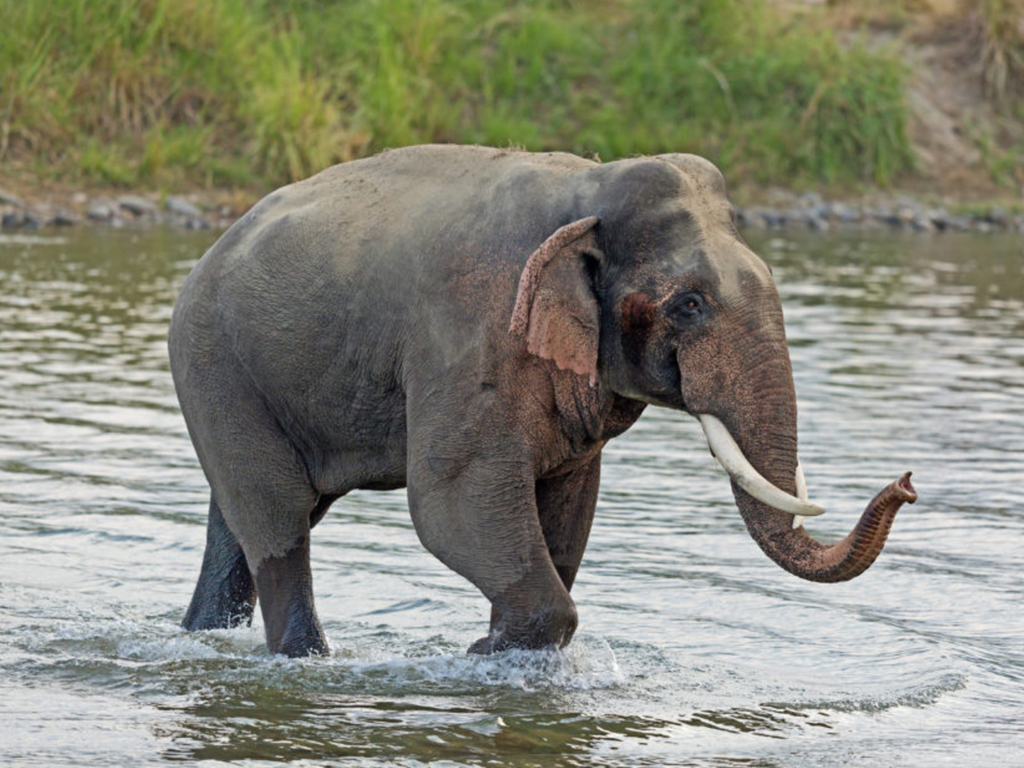
Supporting since 2010
Location
European Zoo Collections
Support started
2010
Species
Elephants
Mission
To look at transmission of the Elephant Endotheliotropic Herpes Virus (EEHV) in elephant herds and investigate the possibility of developing a vaccine to protect against it.
Donations:
Work is continuing to support research projects that strive towards finding a solution against this fatal disease.
2025:
£854.04 donated this year.
Background
Elephant endotheliotropic herpesvirus (EEHV) continues to be a devastating infectious disease posing a significant threat to the long-term conservation of Asian elephants in zoo populations and is the most frequent cause of death in young Asian elephants in Western zoos. The disease is also found in wild populations, where infections and fatalities are more challenging to track. More recently, African elephants have been shown to be affected as well.
The co-existence of elephants with EEHV over the past four million years indicates that in young elephants’ lives there must be a protective element to prevent EEHV induced fatality. In captivity in North America and Europe, breeding institutions can be affected with EEHV infections with up to 100% mortality, whilst similar institutions (group size, breeding success) are unaffected or minimally affected.
This project investigates important elements in individuals’ lives (up to the age of 3 years) which allows them to resist EEHV as well as looking at factors which make them sensitive to EEHV (retrospective analysis of recent deaths). It is felt that nutritional components such as lauric acid play a key role in disease prevention. During active lactation, losses of calves are minimal indicating that elephant milk contains a protective component. Hand-reared calves are at high risk for EEHV infection. The weaning period (approx. 2 years) is a critical phase for young calves regarding EEHV infection.
Lauric acid is an antiviral and antibacterial fatty acid with a commercial use in antibiotic-free treatment against infection, widely used by human HIV patients. Lauric acid makes up 30-40% of free fatty acids in the milk of African elephants; data regarding Asian milk composition is unknown. Other nutritional components may protect weaning calves which may be absent from diseased weaning calves hence causing fatal EEHV infection.
Achievements and Objectives
Elephant endotheliotropic herpesvirus (EEHV), of which there are 11 (sub)species, continues to be a devastating infectious disease posing a significant threat to the long-term conservation of Asian elephants in zoo populations and is the most frequent cause of death in young Asian elephants; over the last 35 years, 12–17% of all Asian elephant calves born in Western zoos succumbed to EEHV-HD before reaching adulthood. The disease is also found in wild populations, where infections and fatalities are more challenging to track, and more recently, African elephants have been shown to be affected as well.
In 2024, Colchester Zoological Society provided a donation of £866.63 to support research projects that strive towards finding a solution against this fatal disease.
Promising lines of research work continue, with researchers at the University of Utrecht making remarkable progress towards developing a vaccine against EEHV.
A scientific paper was published in 2024 highlighting progress with the work to better define which animals are at risk of EEHV-fatal haemorrhagic disease (EEHV-HD), using blood tests from 164 Asian elephants in European zoos. The study strongly suggested which young elephants with low antibody levels were at risk of developing fatal EEHV-HD, confirmed by the fact all 23 studied fatalities had such low antibody levels (which represents a large subset of 56% of the total reported fatalities)
Overall, the research found that specific testing can be used to identify animals at risk of EEHV-HD and further research will now look to determine the exact antibody level above which animals are protected against EEHV-HD.
The future of zoo elephant populations depends on understanding how to manage this awful disease. In the long term, research serves to protect captive elephants against fatal EEHV-HD and contribute to the preservation of this endangered animal species.

